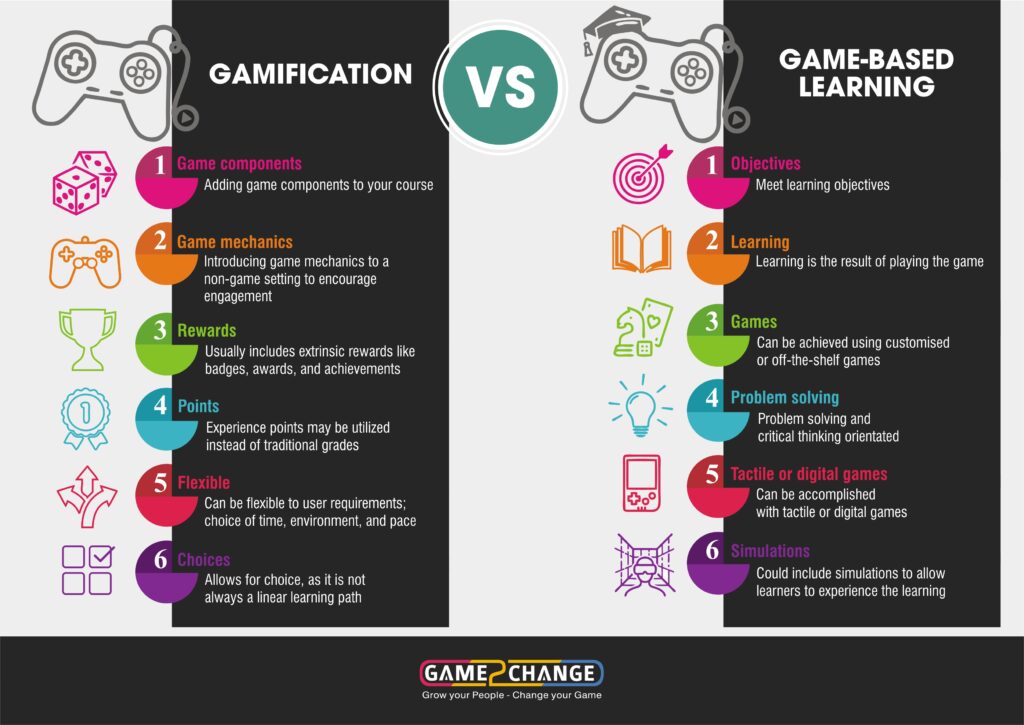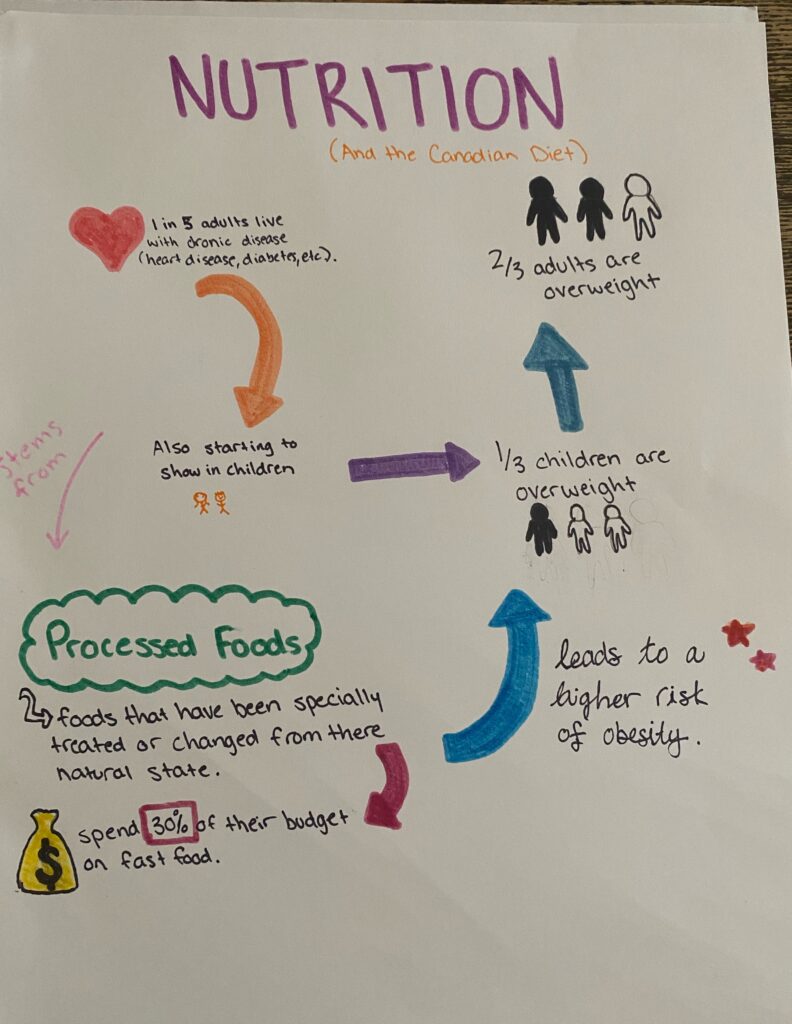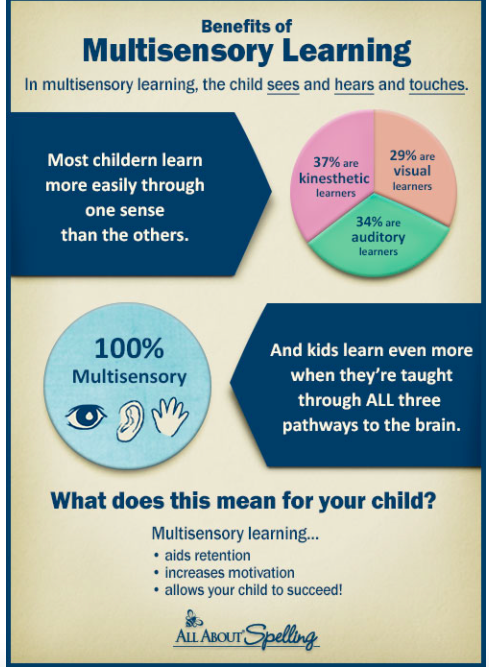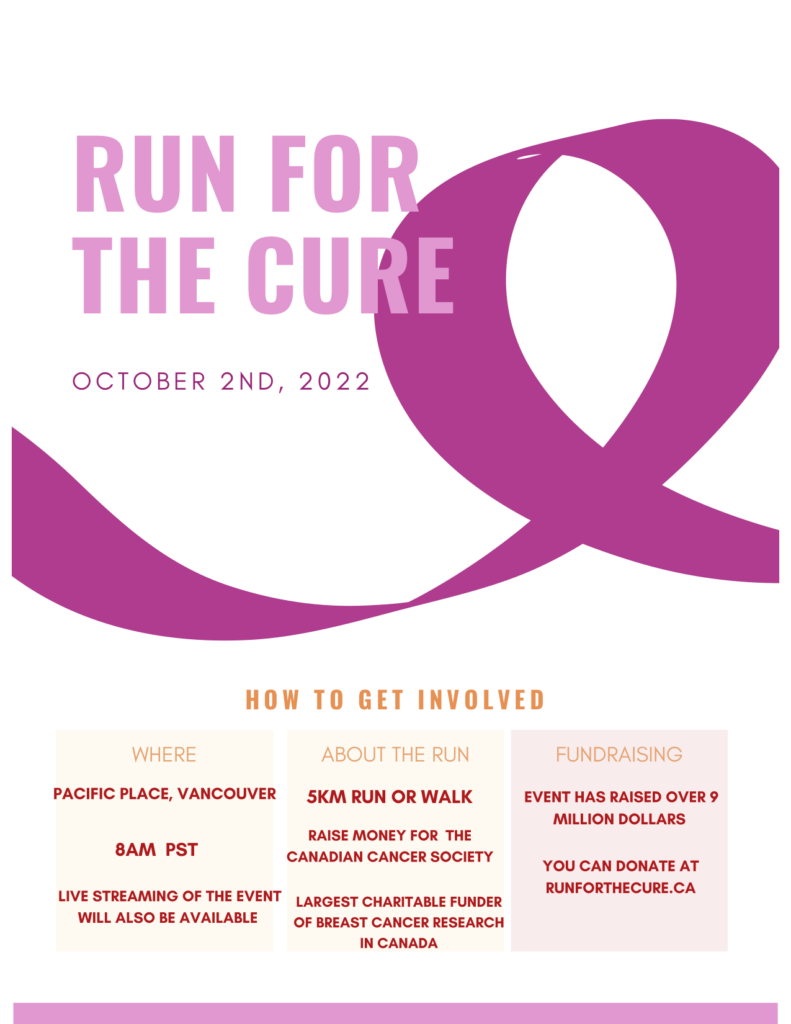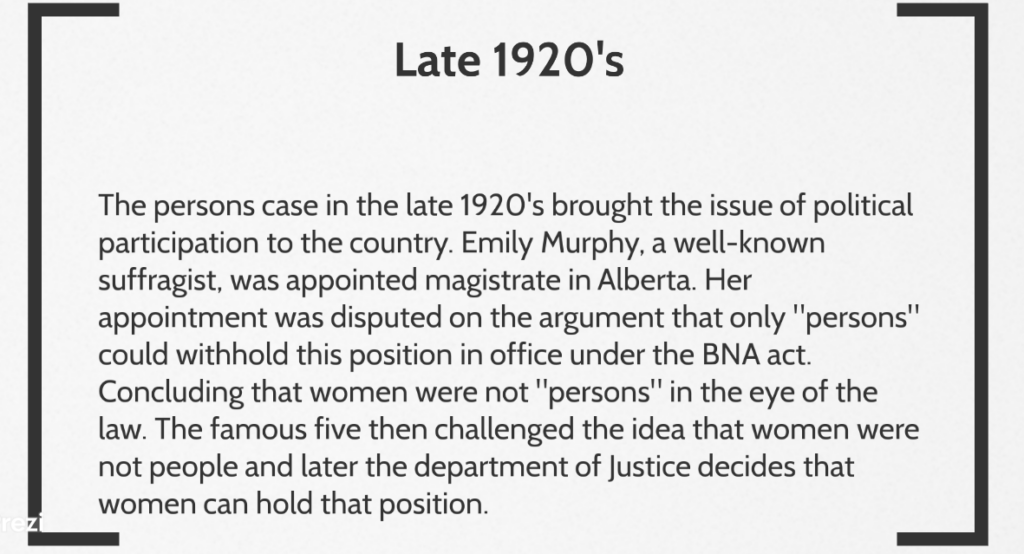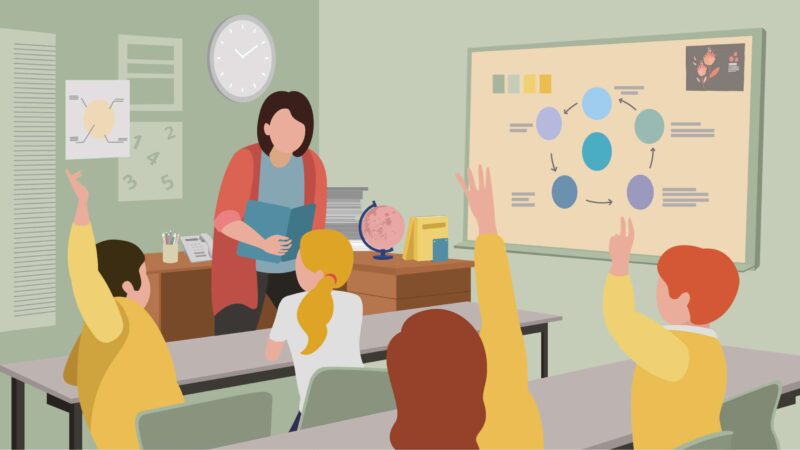What is the difference between formative and summative assessments? I have included an info-graph below to show the similarities and differences between the two forms of assessments.

According to Carnegie Mellon University (n.d.), formative assessment works with students to monitor their abilities and challenges and looks to provide ongoing feedback on these areas. In contrast, summative assessment is used to evaluate students abilities in comparison to a set standard expected of them by the end of a chapter or unit (Carnegie Melon University, n.d.). I think in order to create a successful learning environment its important to include both formative and summative forms of assessment. For instance, if students are asked to write a final paper for their class then teachers should also include a paper proposal that isn’t for marks or if it is, then for few marks. Allowing students the ability to submit a paper proposal allows teachers to catch areas where students are struggling and provide feedback so that they can do better on the final paper. Moving away from traditional teaching styles and learning can allow for the incorporation of techniques such as formative assessment. With every child’s development at different stages, formative assessment is an effective way for teachers to be able to understand areas that each of their students are excelling or struggling in. Having knowledge in this areas will allow for the growth of all students abilities and developments. I have included a video on the importance of formative assessment below!
References:
Carnegie Mellon University (n.d.). Formative vs summative assessment . Formative vs Summative Assessment – Eberly Center – Carnegie Mellon University. Retrieved November 26, 2021, from https://www.cmu.edu/teaching/assessment/basics/formative-summative.html.
Every Child Shines: Using Formative Assessment. (2021). YouTube. Retrieved November 26, 2021, from https://www.youtube.com/watch?v=5Q3DFs4hrpU&t=47s
